Poor spring weather and an extremely late turnout in many parts of the country have thrown many spring grazing plans out of kilter. That said, it is important to adjust and adapt to prevent knock-on effects – to silage crops for example.
Farmers looking for a good-yielding, high-quality silage crop should be targeting a cutting date of between 20 and 30 May.
In those 10 days, target yields are expected to be between 6t and 7t DM/ha, while DMD should also be high at 73% to 76% because crops should not yet have headed out.
Drop in quality
The drop in quality in silage cut after these dates can be significant, with the potential for DMD % to fall three percentage points per week. Being two weeks late cutting could see quality (DMD) drop from 73% to 67%.
Two management factors that will have a significant bearing on cutting date are the closing date and the nutrient requirements of the crop. Last weekend, we looked at the importance of closing at the right time, and in the right way. This weekend we take a look at growing the crop.
Nutrient requirements
Failure to get nutrients right is often the number one cause of poor silage quality. If the right nutrient balance isn’t allocated to the crop, farmers can often get caught waiting for a crop to bulk up at the expense of silage quality. Crop nutrition should be planned carefully to ensure the yield is on target at the right time.
Table 1 details the N, P and K requirements to grow a first-cut silage crop depending on soil index.
With that, farmers can then work out a fertiliser or slurry plan based on the needs of the crop. It is important to remember that every 1,000g of cattle slurry contains seven units of N, five units of P and 30 units of K.
Also, in many cases, fertiliser will have been applied late this spring, so remember that some residues will remain. For example, where 30 units of N were applied in mid-March, up to half of this could still be present by the first week in April.
Cool conditions and at least 10mm of rain will be required to avoid N losses from urea, while CAN should be replaced with protected urea.




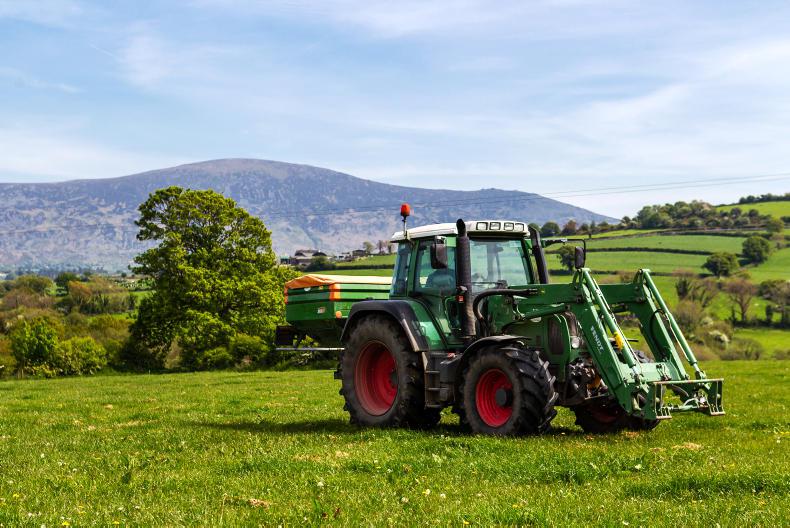
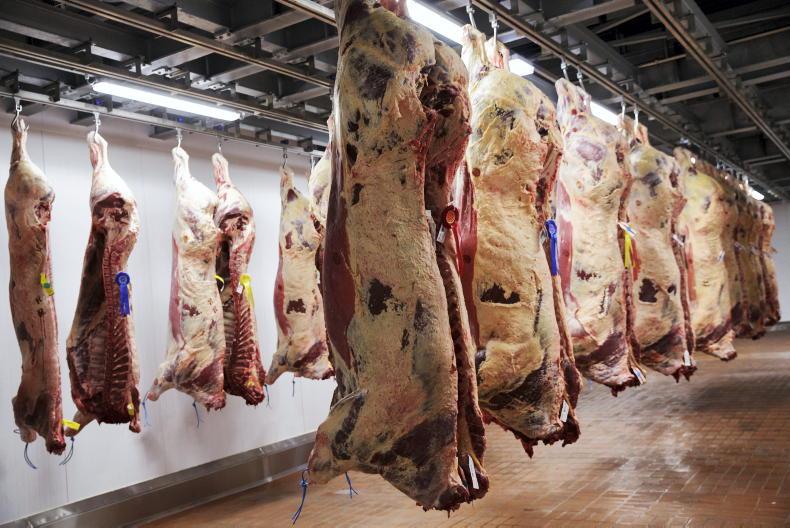

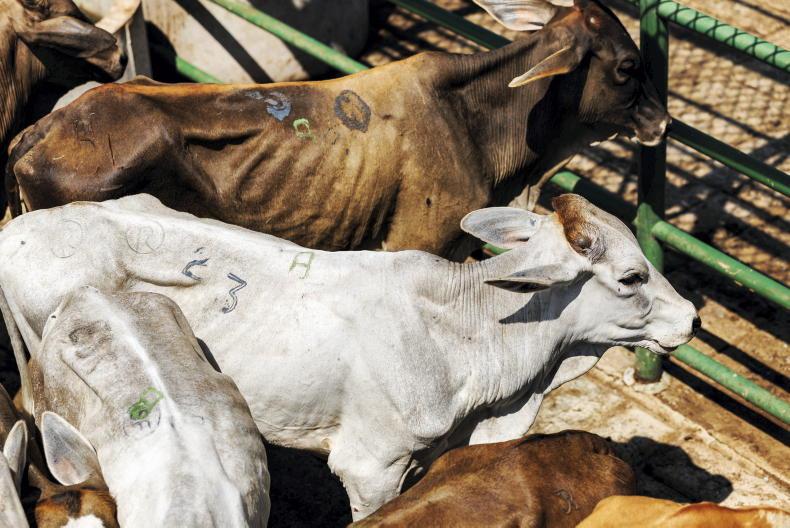
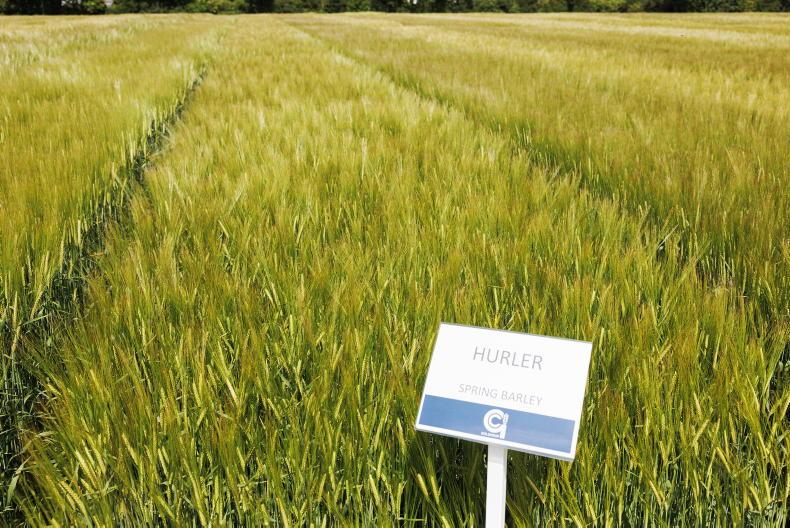
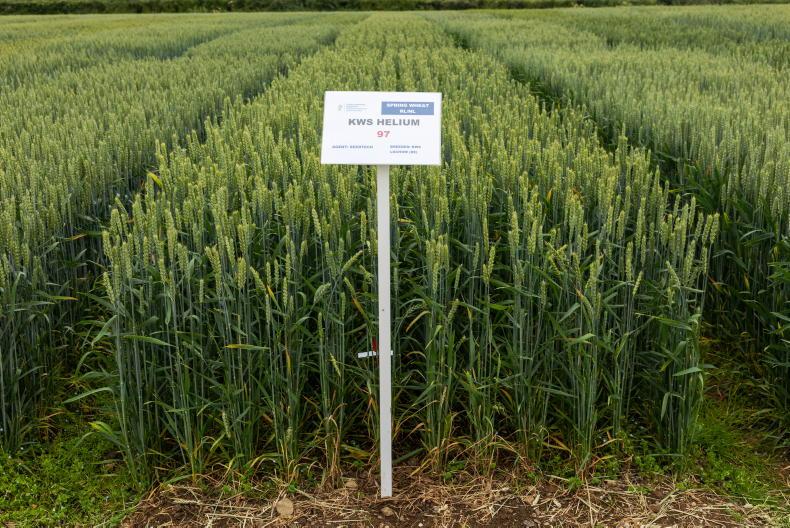
SHARING OPTIONS